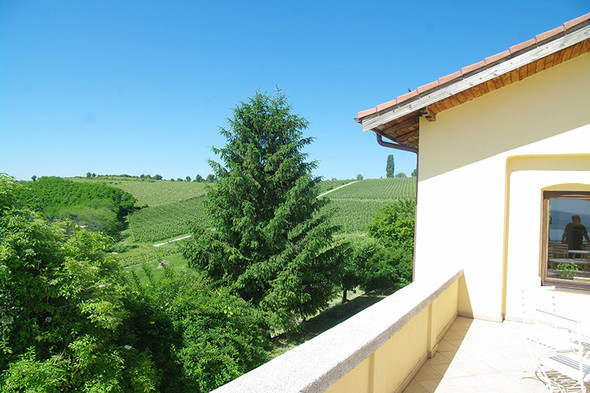When the family name Știrbey is mentioned, it suffices to say that it was Prince Barbu Alexandru Știrbey who – as a politician and confidentiel of the Romanian royal family – paved the road for the country to stop fighting in World War II in 1944. Today, however, this family name is known all around the world as the name of a winery.
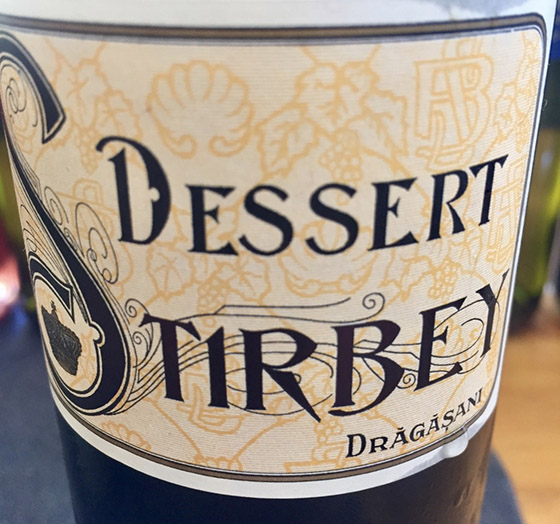
The label of the Stirbey Dessert wine was created in 1905
And what a winery it is, indeed. The owners are a married couple, namely Baroness Ileana Kripp-Costinescu, the niece of the last owner of the winery, Princess Maria Știrbey, before it was nationalized (in 1949). Her husband is Jakob Kripp, the offspring of a noble family from Tyrol. Those interested in their story, their first meeting and their relationship with the winery, click here for more and exciting details.
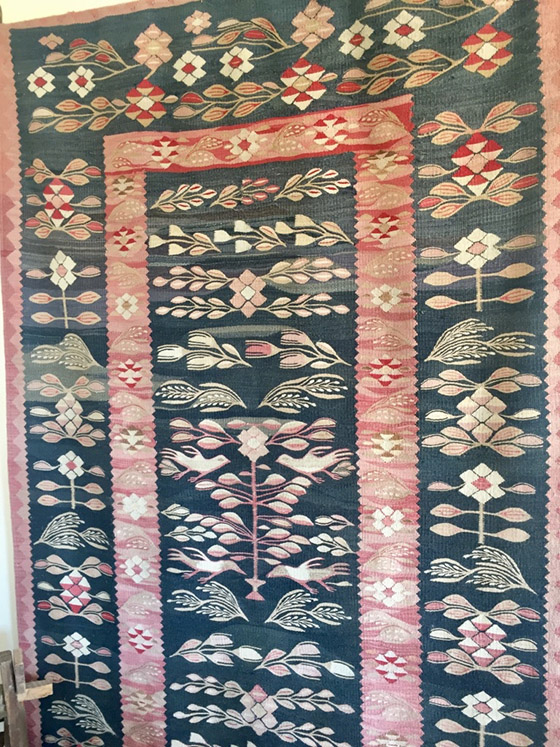
Beautiful Oltenian carpet
The story of the winery itself is intriguing even if you have read the interview on the above link. The building that houses the winery was purpose-built in 1920. The Kripps bought it (back) in 2000 together with some vineyard. Since then they have undertaken some vine planting; that is how the 25-hectare estate size has been reached. The winery had quite a rich history in the 20th century with Stirbey wine served on the Orient Express as early as 1920, for instance, but after the 1949 nationalization the Stirbey name had not appeared on wine bottles until 2004.
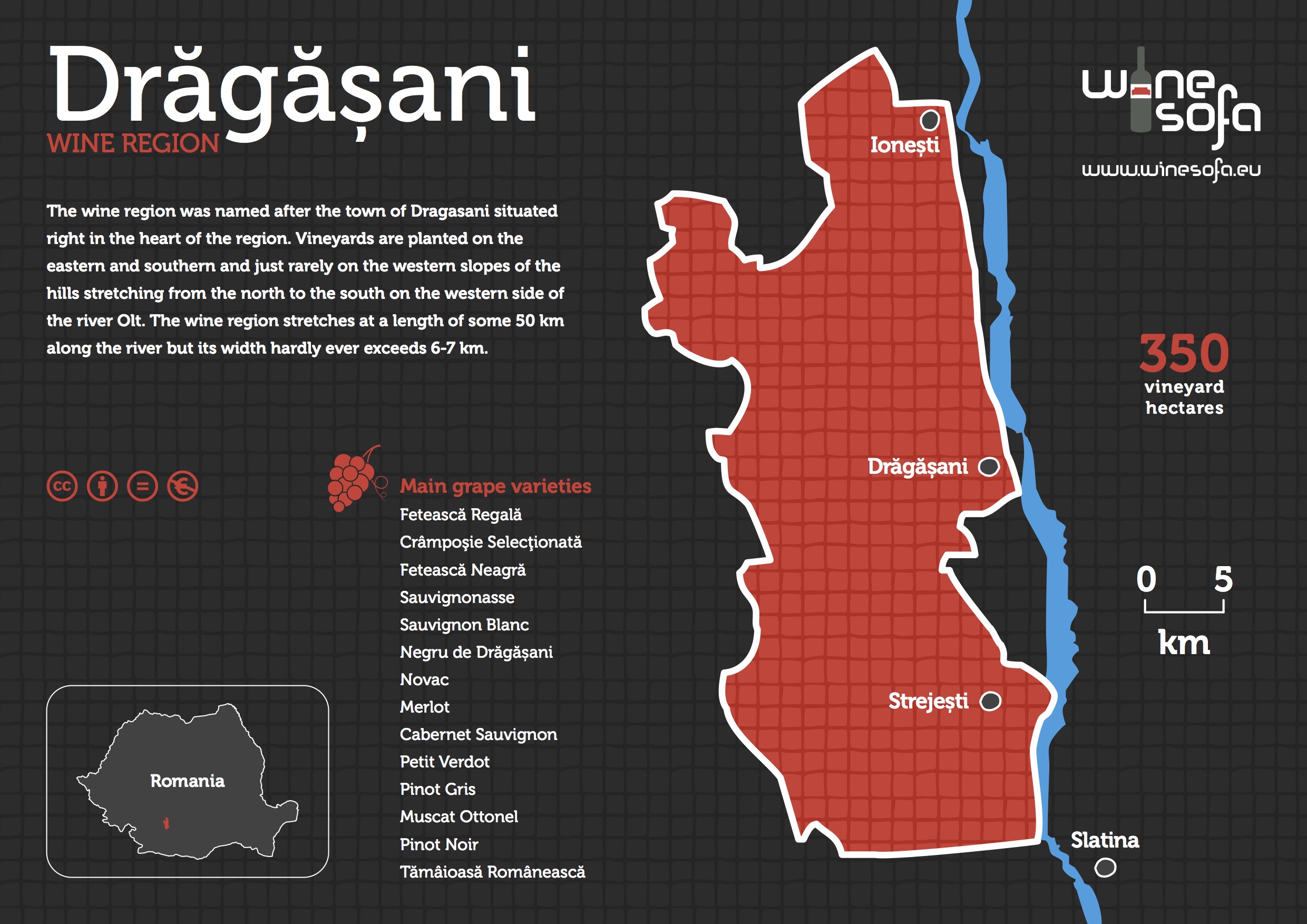
The first harvest was controlled by Oliver Bauer, the German expert who is slowly becoming a legendary figure in Romania. He is famous-infamous for his uncompromising attitude concerning quality; no bottle may be marketed that he would not approve subsequently any time. As he himself told me that in 2003 when he moved to Drăgășani, on the whole of the mountain only one single light was on in the evenings: in his own living room. He could take long walks with his dogs for days on end without meeting a single soul. Fortunately, the situation has changed since, but this anecdote illustrates well what a great part the Stirbey winery and Kripp family have played in the revival of the wine region.
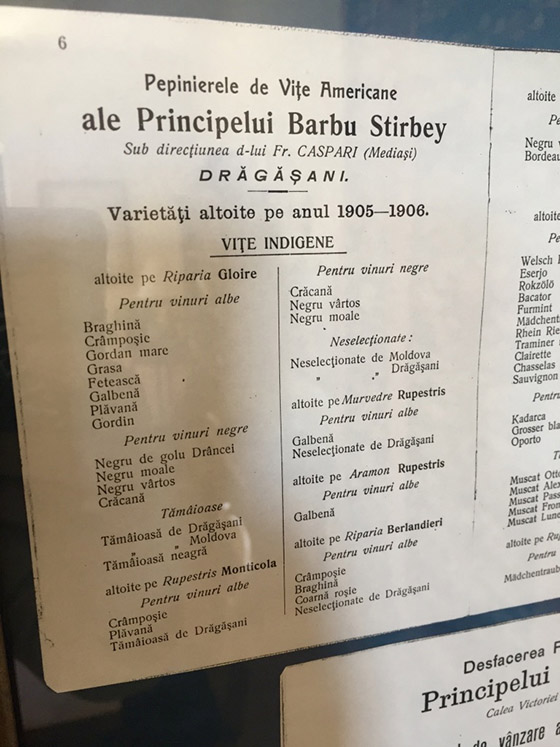
It is an interesting fact that the list of grape varieties authorized in the wine region – and more precisely in the Stirbey estate in 1905 – is displayed on the winery wall. Besides the local varieties, we can find many well-known but mostly forgotten Hungarian and German grapes, as well including Furmint, Ezerjó (alias Eserjo), Bakator (named Bacator), the star of the continental Croatia, i.e. Grasevina (in its German name, Welsch Riesling), Kadarka (written as Kadarca), Oporto (that is Portugieser) and the Mustos Feher wrongly called blue grapes (Negru). This latter is the shorter name of the Magyarádi Mustos Fehér grape variety originating from Minis which is now part of Romania but back then belonged to the Kingdom of Hungary (and was named Ménes). Magyarád is actually the Hungarian name of the village Maderat so this is why Géza Balla and Elite Wine are increasingly active with this wine which is bottled bearing the name ‘Mustoasa de Maderat’.
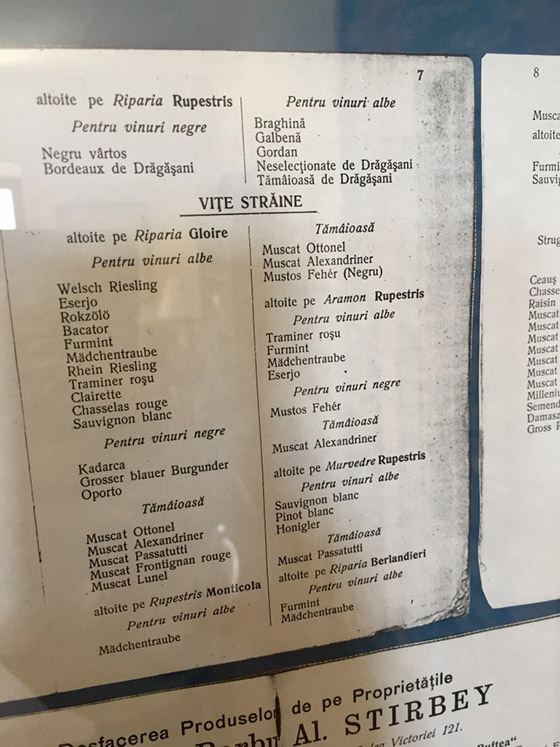
As for the quality, let us see an example: traditional single vineyards were either never created or long forgotten, but Oliver Bauer has not only recreated the visible boundaries but tackles individual parcels separately. The last time I have seen such an obsession with professionalism was at the Tokaj estate of AXA Millésime at the Disznókő Winery and in Sauternes at Château Suduiraut.
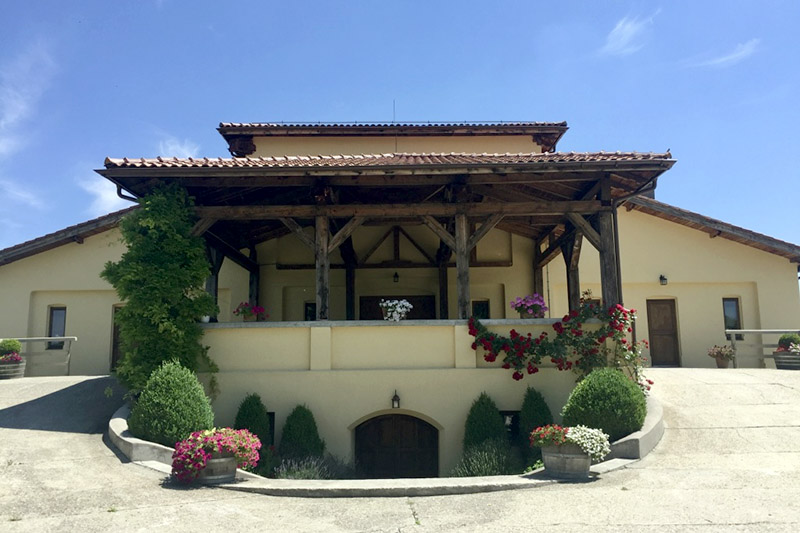
90% of the wines are sold in Romania and the rest is transported to Canada, Italy, Poland, Germany, Austria and the United Kingdom. In this latter Oliver’s favourite variety, the local breed Novac received extensive publicity as the only Eastern European wine served at the wedding of Prince William and Kate Middleton, as the story goes.
Those interested in tasting notes should click here.



